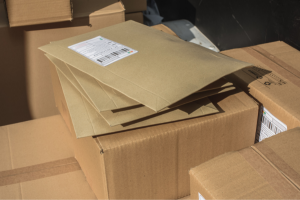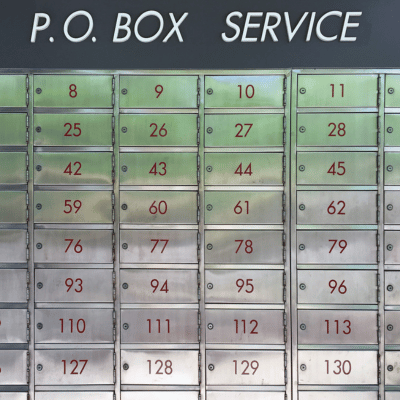What time does Yodel stop delivering?
Understanding Yodel’s Delivery Hours
When using courier services like Yodel, knowing their delivery hours can be crucial for planning your receipt of packages and ensuring timely deliveries. Yodel, one of the UK’s leading parcel delivery companies, operates with specific delivery timeframes that can vary based on the service level and location.
Yodel Delivery Hours
Yodel’s standard delivery hours are typically from 8:00 AM to 8:00 PM, Monday through Saturday. However, the exact delivery window might vary depending on the service type, such as:
- Yodel Xpect: This is Yodel’s premium delivery service, which offers time-slot deliveries during the day, ensuring that customers receive their parcels within a specific timeframe.
- Yodel Direct: For this service, delivery times may be less predictable, and packages can arrive at any time during the standard delivery hours.
- Yodel Sunday: Some areas may have Sunday deliveries, but this is not available everywhere.
Factors Affecting Delivery Times
Several factors can influence when your parcel will be delivered:
- Service Level: Different Yodel services offer various delivery timeframes and options.
- Location: Delivery times can vary by region and distance from the distribution center.
- Volume of Parcels: During peak times like holidays, deliveries might experience delays.
- Weather Conditions: Adverse weather can impact delivery schedules.
Tracking Your Delivery
To stay updated on your parcel’s status, Yodel provides a tracking system that allows you to monitor your delivery in real-time. By entering your tracking number on the Yodel website or app, you can get the most current information about your delivery status and estimated time of arrival.
Conclusion
Understanding Yodel’s delivery hours helps you better manage your expectations and plan for receiving your parcels. With standard delivery typically from 8:00 AM to 8:00 PM, and potential variations based on service type and location, it’s important to use Yodel’s tracking tools to stay informed. By doing so, you can ensure a smoother delivery experience and minimize any inconvenience related to package receipt.














